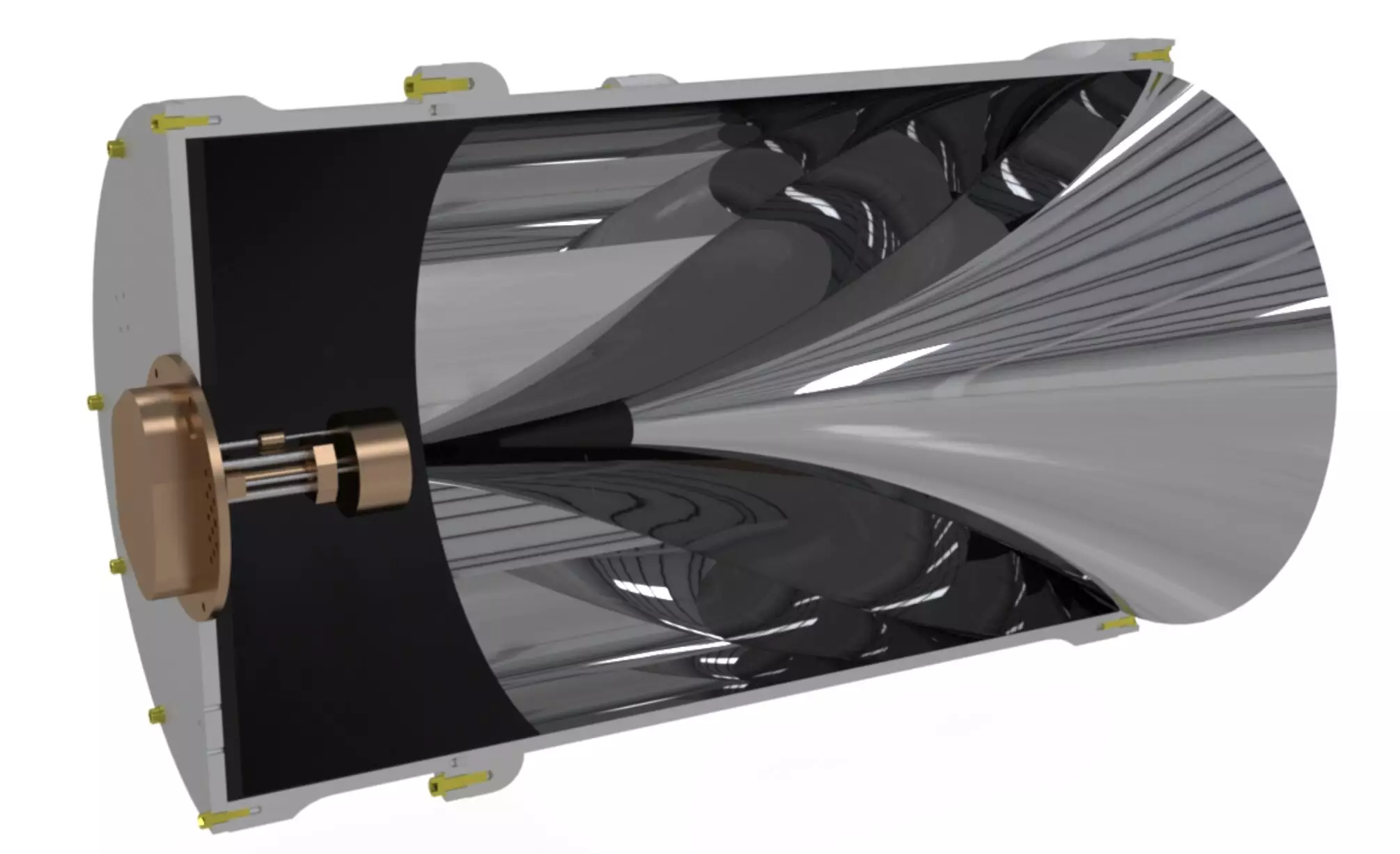The elusive nature of dark matter, constituting about 80% of the matter in the universe, continues to intrigue astrophysicists worldwide. The Broadband Reflector Experiment for Axion Detection (BREAD), spearheaded by researchers from the University of Chicago and the Fermi Accelerator Laboratory, presents a novel approach towards detecting dark matter candidates such as dark photons and axions. This innovative technique marks a significant leap in the quest to unravel the mysteries of dark matter and its composition.
The BREAD Collaboration’s methodology relies on a coaxial dish antenna to capture signals associated with light dark matter particles. These particles, including dark photons and axions, are theorized to be incredibly light compared to protons. The research by Stefan Knirck and team aims to shed light on the existence of these elusive particles by converting axions into photons on a metallic wall. This sophisticated setup, comprising an outer cylinder and inner teardrop-shaped reflector, facilitates the detection of light emitted in the microwave regime.
One of the key advancements introduced by the BREAD Collaboration is the integration of a magnetic field parallel to the metallic wall. This innovation, coupled with a custom microwave antenna and quantum electronics development at Fermilab, enhances the sensitivity of the experiment. By collecting data during a specific timeframe and meticulously analyzing the thermal noise picked up by the antenna, the researchers aim to identify minute signals amidst the noise, akin to tuning a radio frequency to detect a station.
The initial results of the BREAD experiment, focused on detecting dark photons, did not yield any significant signals. However, it highlighted the remarkable sensitivity of the detector, surpassing previous methods by a significant margin. The experiment showcased the potential of this pioneering concept and paved the way for scaling up the technology to enhance sensitivity across broader ranges of dark matter masses.
Looking ahead, the BREAD Collaboration is optimistic about the prospects of their approach in exploring well-motivated axion models and potentially detecting them. The researchers are currently conducting experiments in a 4T magnet at Argonne National Laboratory, with plans to integrate cutting-edge quantum technology for enhanced sensitivity. The ongoing efforts to refine the experiment and broaden its scope signify a significant step forward in the pursuit of detecting dark matter particles.
The BREAD Collaboration’s endeavor to detect dark matter using innovative methodologies represents a commendable stride in the realm of astrophysics. The relentless pursuit of understanding the enigma of dark matter underscores the dedication and ingenuity of the scientific community. As the research progresses and technology evolves, the quest to unveil the secrets of dark matter continues to captivate the imagination of researchers and enthusiasts alike.


Leave a Reply